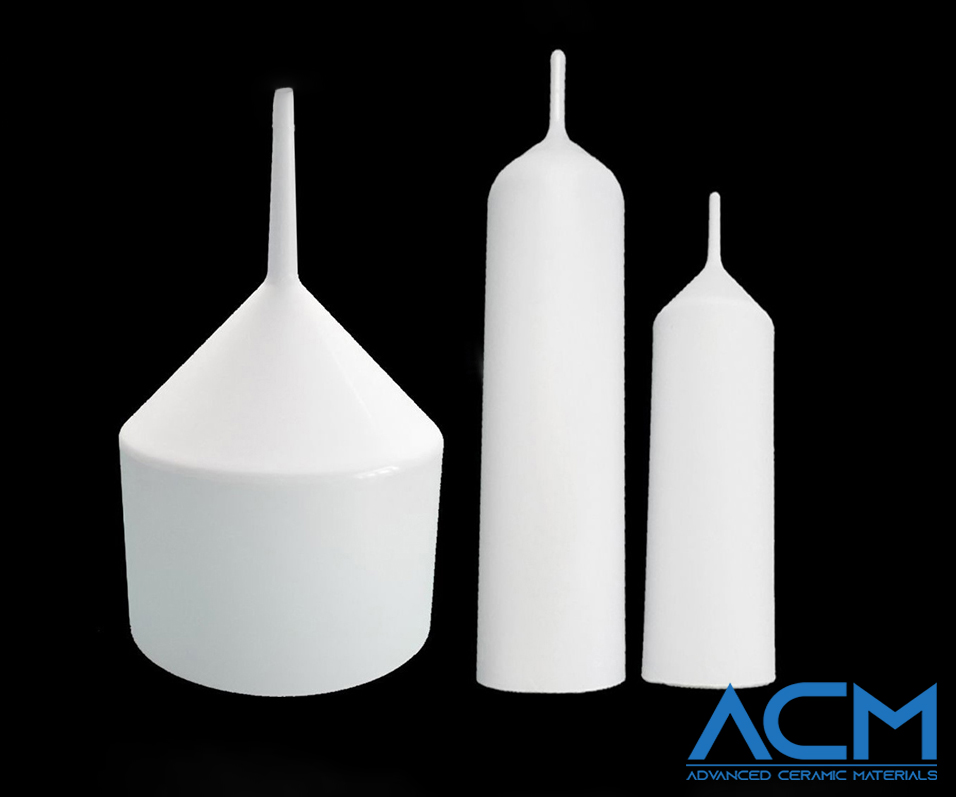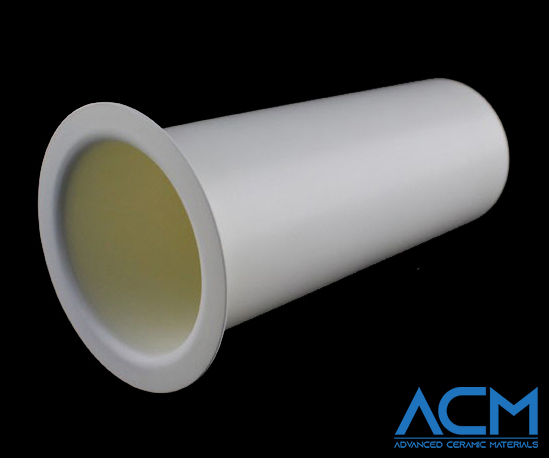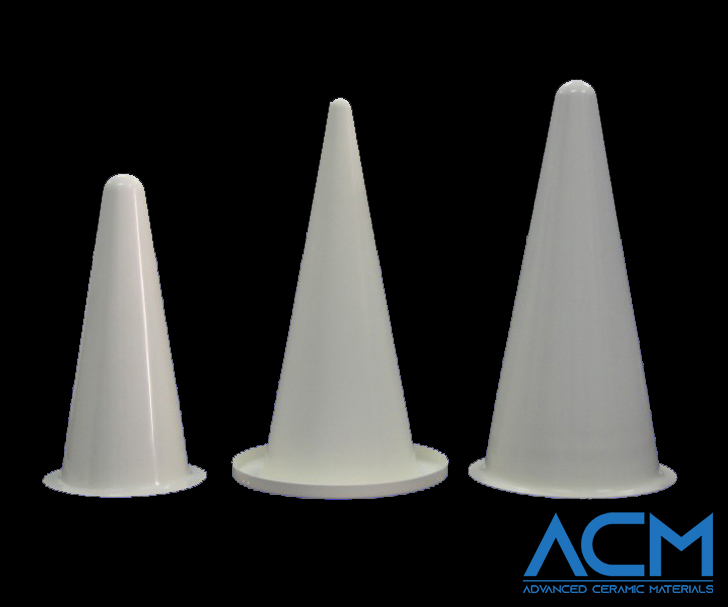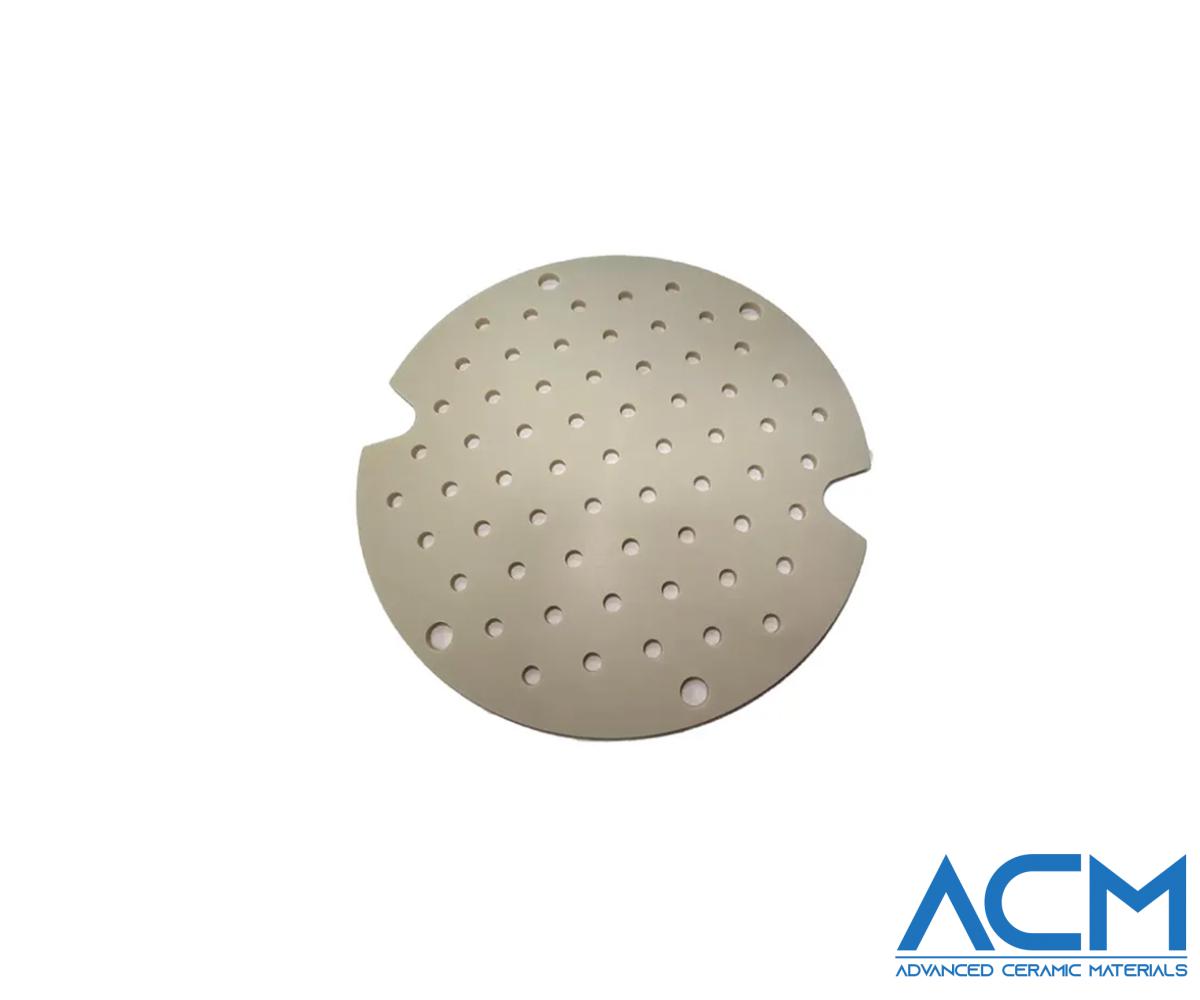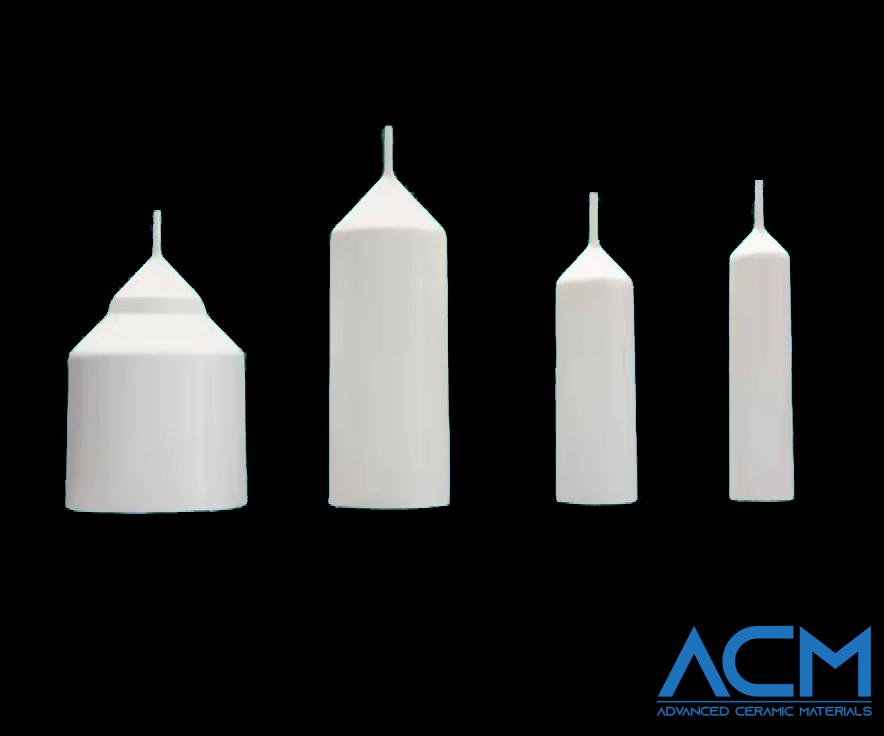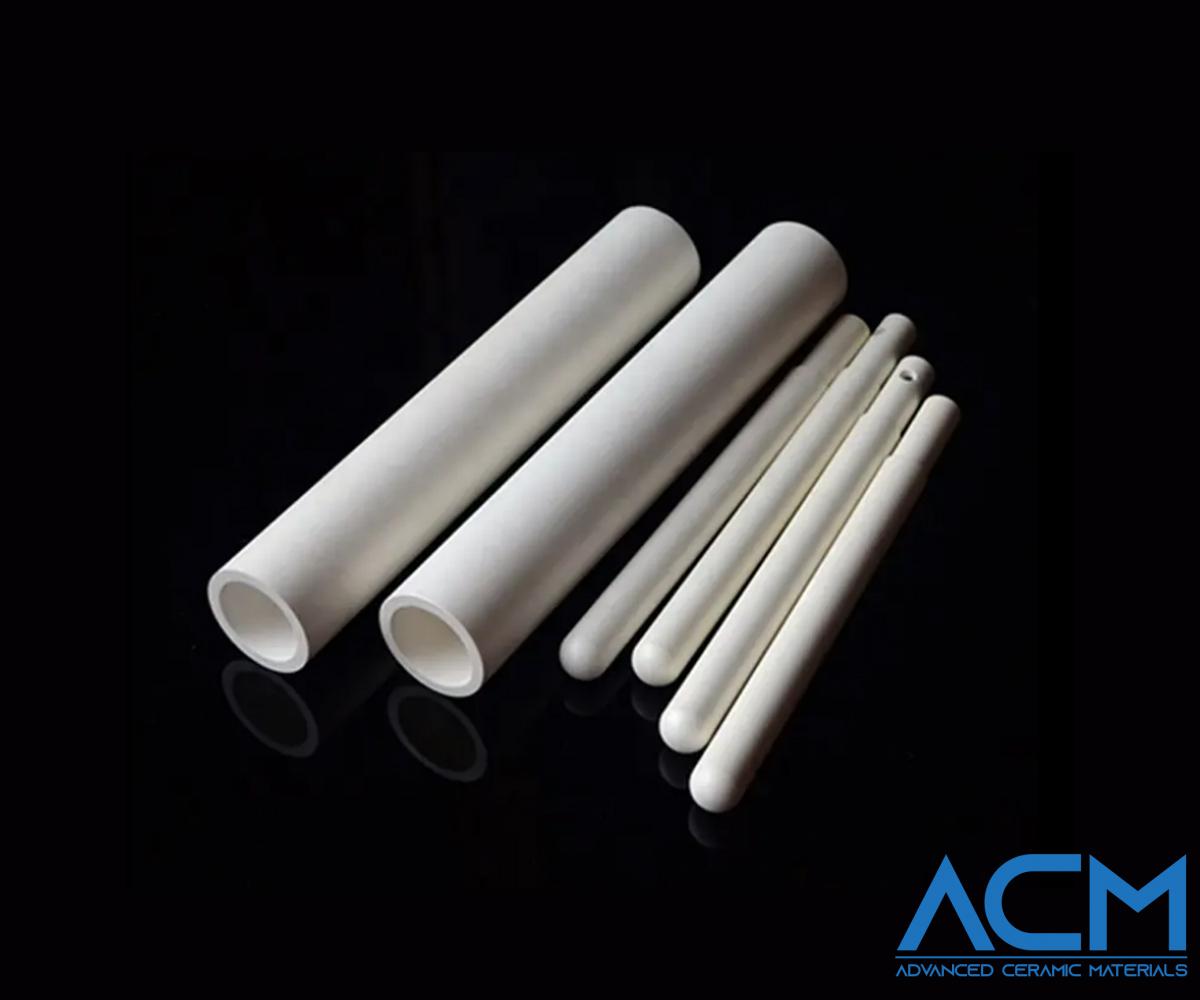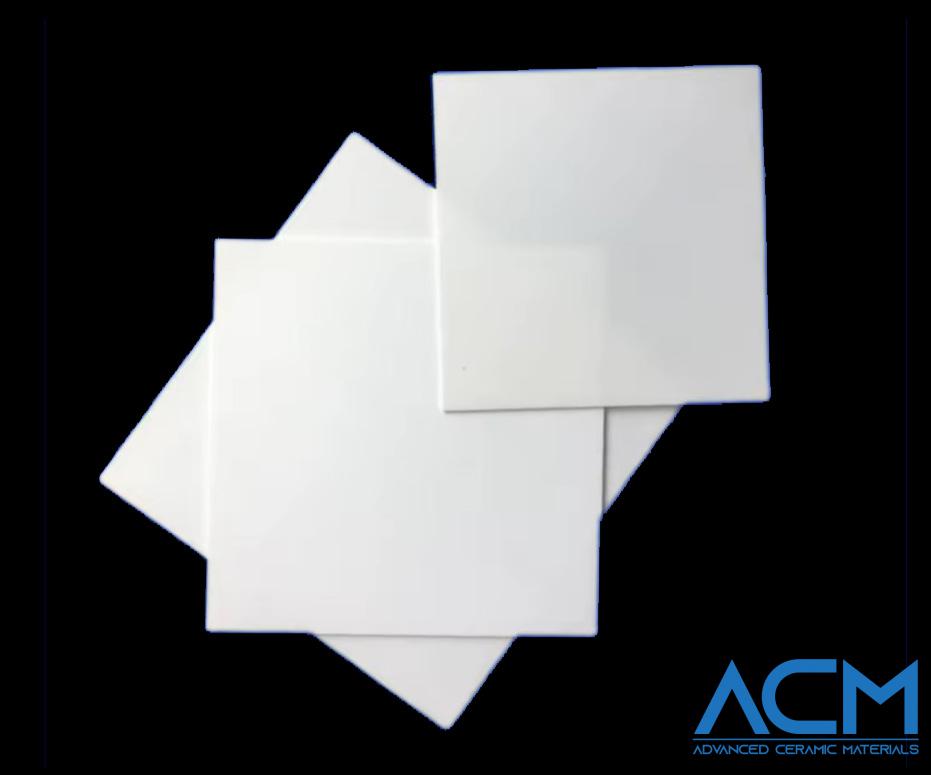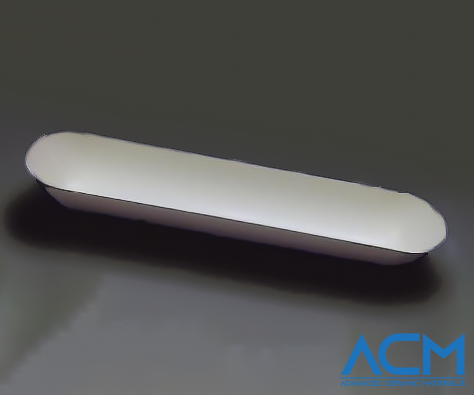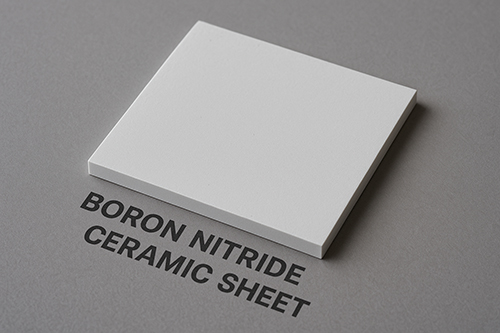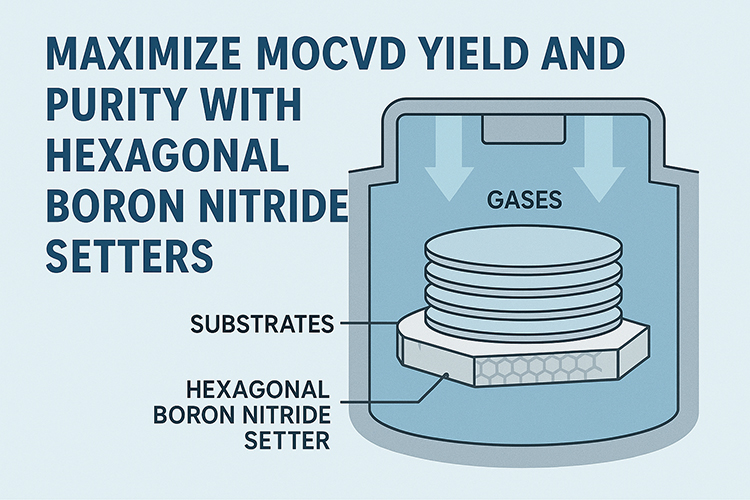Pyrolytic Boron Nitride: Preparation and Advantages for High-Temperature Applications
Introduction
Have you ever wondered how materials withstand extreme temperatures and harsh environments? That's where PBN (Pyrolytic Boron Nitride) shines. Known for its exceptional performance in high-temperature and chemically aggressive conditions, PBN plays a crucial role in industries like semiconductor manufacturing and high-temperature furnace applications.
Unlike many common materials, PBN's properties make it uniquely suited for environments where few others can survive, especially high-temperature environments. So, why is it so special? Let’s take a deeper look.
CVD Process in PBN Preparation
To truly understand PBN, we need to first know how it's made. Enter Chemical Vapor Deposition (CVD)—the method that helps turn this boron nitride into a high-performance material. CVD is a process where a material is deposited from a gas phase onto a surface, which, in this case, is how PBN takes shape.
What’s really fascinating about CVD is the level of control it offers. By adjusting the conditions during deposition, manufacturers can tailor the properties of the PBN to suit very specific needs. This means that everything from its crystal structure to its overall purity can be influenced. The result? A high-quality, high-performance material that’s ready to take on the toughest jobs.
Impact of CVD on PBN's Purity and Crystal Structure
The purity of a material is critical, especially when it’s used in demanding applications. CVD helps PBN achieve remarkable purity, which in turn enhances its performance. But how does it do that? Well, the CVD process allows for precise control over the deposition process, minimizing impurities and ensuring that the material's crystalline structure remains intact. This process results in a fine-tuned material that is not only pure but also exhibits superior consistency.
PBN’s crystal structure, influenced by CVD, is also key to its outstanding properties. A more ordered structure means better mechanical strength, higher thermal conductivity, and an overall more reliable material. This makes PBN a top contender for those working in industries that require peak performance in extreme conditions.
PBN in High-Temperature Furnace Crucibles
Now, let’s talk about one of PBN’s most well-known applications: high-temperature furnaces. These furnaces operate under extreme conditions, often exceeding 2000°C. PBN’s high thermal stability makes it the perfect candidate for use in these harsh environments.
Unlike other materials that might degrade or lose their properties under such intense heat, PBN can maintain its structural integrity and continue to perform effectively. It doesn’t just survive these temperatures; it thrives in them. This is especially important in vacuum furnaces, where precise control over temperature is essential for processes like sintering and metal melting.
PBN helps increase the lifespan of furnace crucibles, reducing the need for frequent replacements and cutting down on maintenance costs. Not only does it improve performance, but it also enhances the longevity of equipment—a win-win for any manufacturer looking to get the most out of their equipment.
PBN in Semiconductor Crystal Growth
Another area where PBN really stands out is in semiconductor crystal growth. In this process, materials are heated to extreme temperatures to facilitate the growth of high-quality crystals. Here, PBN’s resistance to high heat and chemical stability comes into play.
When used in semiconductor crystal growth equipment, PBN helps maintain the purity of the material being grown. Its resistance to chemical corrosion ensures that it doesn’t react with the chemicals in the process, preserving the integrity of both the crystals and the equipment. This ability to withstand both high temperatures and harsh chemicals makes PBN an essential material for ensuring the reliability of semiconductor manufacturing.
PBN’s Unique Properties
Why is PBN so valuable in extreme environments? Let’s break it down.
-
High-Temperature Resistance: PBN can withstand incredibly high temperatures—well beyond what most materials can endure. This makes it indispensable for applications where temperatures reach thousands of degrees Celsius. Its ability to retain strength and stability at such high temperatures is a game-changer for industries like semiconductor manufacturing and aerospace.
-
Chemical Resistance: In many high-temperature processes, the material is exposed to aggressive chemicals that can degrade less durable materials. Not PBN! Its excellent resistance to corrosion ensures that it can handle a variety of chemicals without deteriorating. This durability is critical in environments like high-temperature furnaces, where the material must not react with molten metals or other corrosive substances.
-
Electrical Insulation: PBN is also an excellent electrical insulator. This property is especially important in semiconductor manufacturing, where materials need to be electrically isolated to maintain the integrity of the components being created. PBN’s insulating properties help prevent electrical interference and ensure that the components perform as expected, even under extreme conditions.
Conclusion
When it comes to high-performance materials, PBN is in a league of its own. Its exceptional high-temperature resistance, chemical stability, and electrical insulation properties make it a critical material in industries that require the best of the best.
From high-temperature furnaces to semiconductor crystal growth, PBN’s versatility is truly unmatched. By enhancing the performance and longevity of equipment, it helps manufacturers save on maintenance costs while ensuring that their processes run smoothly. Advanced Ceramic Materials (ACM), a leading supplier of PBN, leverages these unique properties to deliver innovative solutions tailored to diverse applications. Whether you’re designing high-tech equipment or working in high-stakes environments, PBN is a material that deserves your attention.
The future of high-temperature applications is bright, and with PBN leading the way, the possibilities are endless.
{{item.content}}
LEVE A REPLY
{{item.children[0].content}}
{{item.content}}
LEAVE A REPLY
SUBSCRIBE OUR NEWSLETTER
- Boron Nitride in Cosmetics: Enhancing Performance and Sensory Appeal
- Maximize MOCVD Yield and Purity with Hexagonal Boron Nitride Setters
- What Are the Advantages and Uses of Boron Nitride Ceramic Sheet?
- The Compression Annealing Advantage for Pyrolytic Boron Nitride
- Beyond Insulation: The Surprising Spectrum of Ceramic Thermal Conductivity









